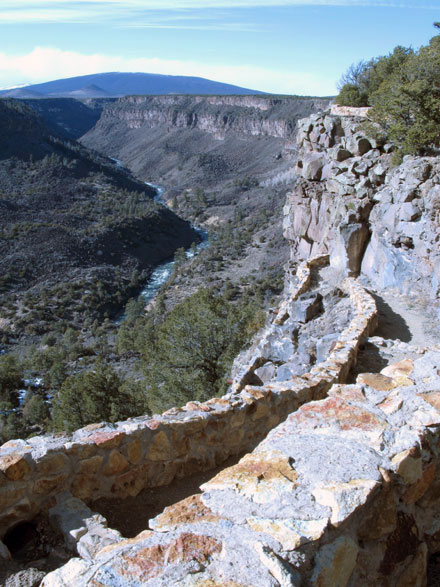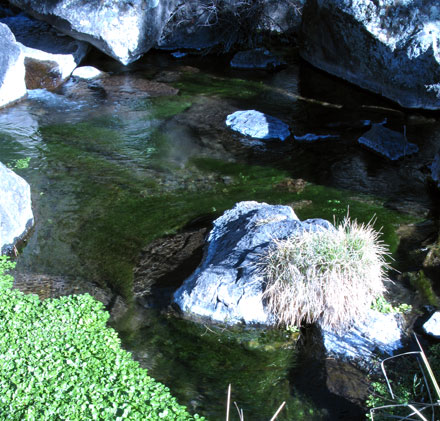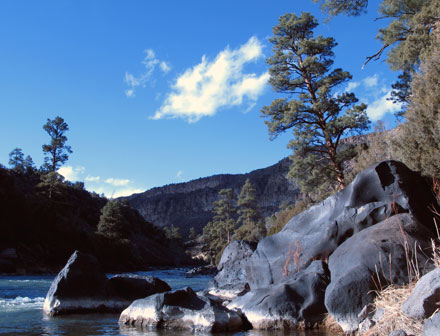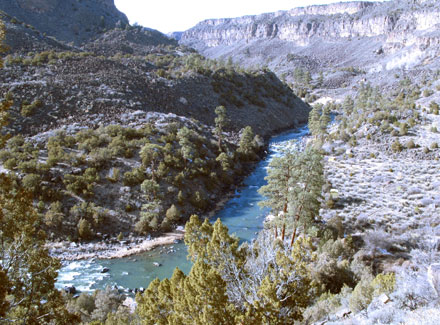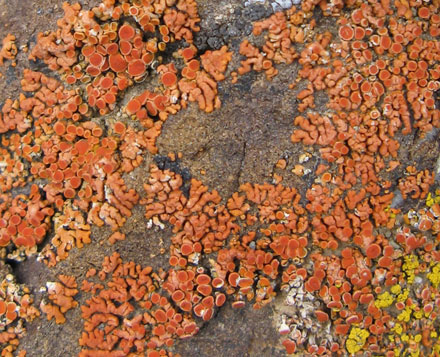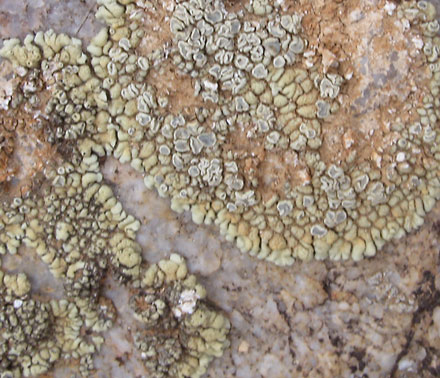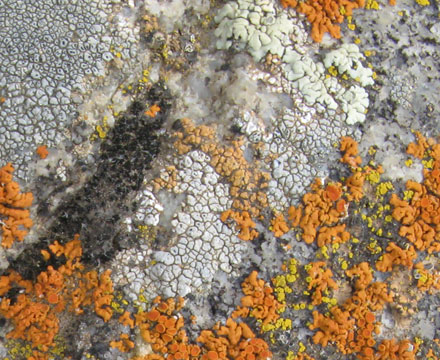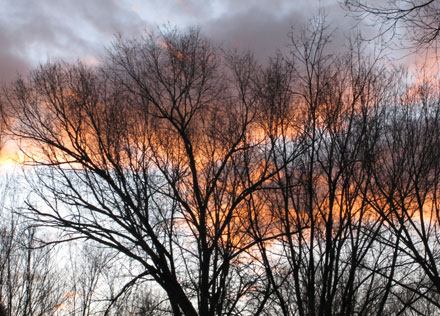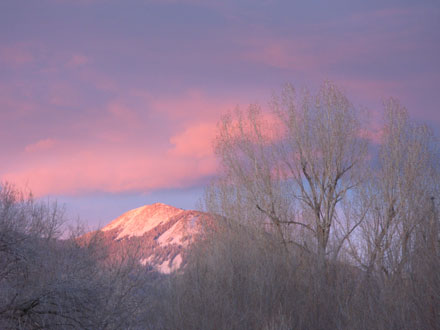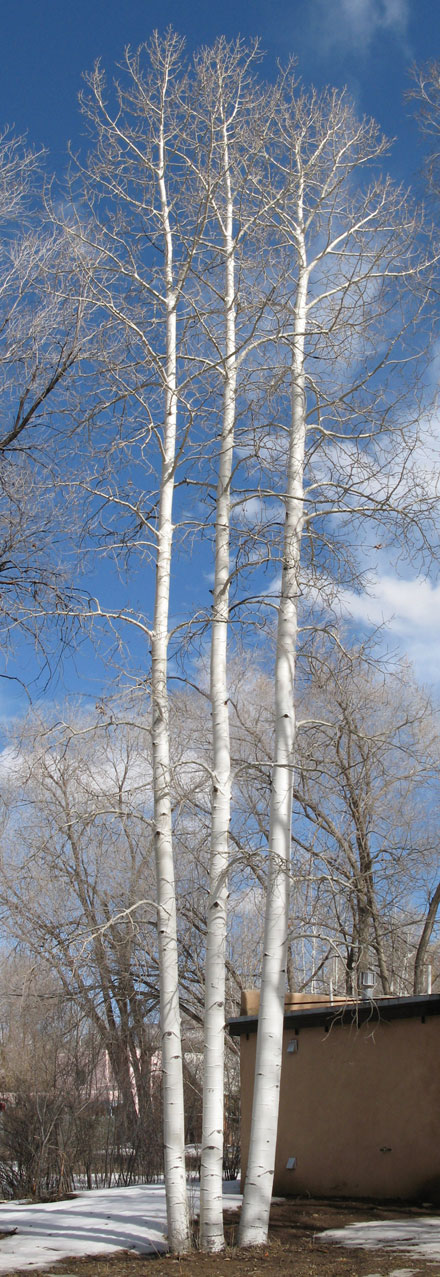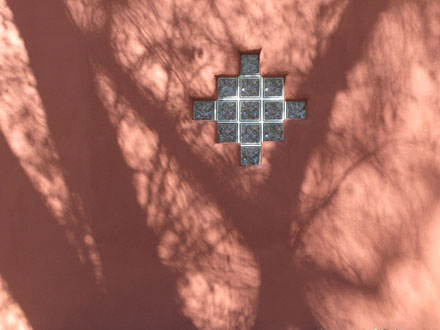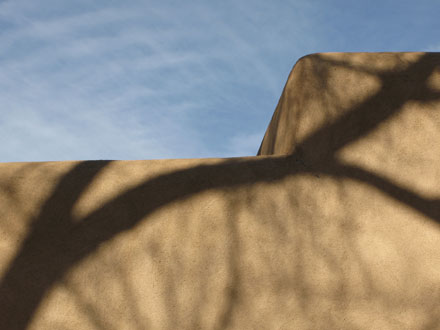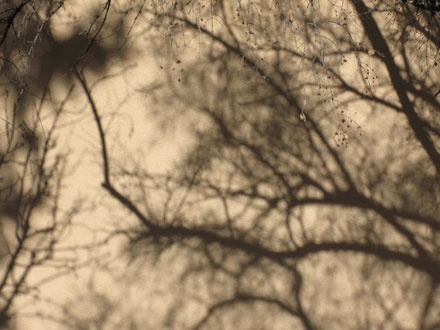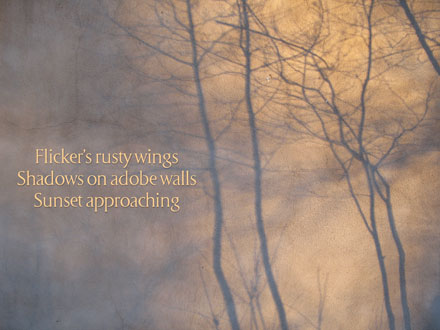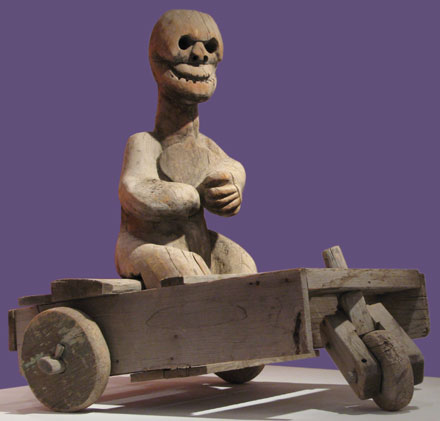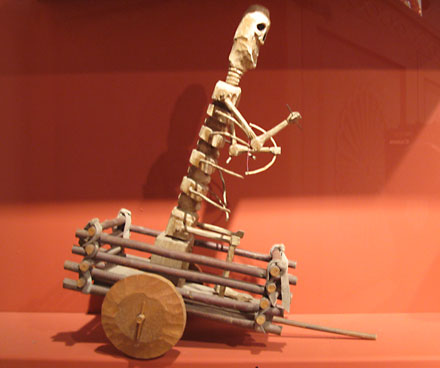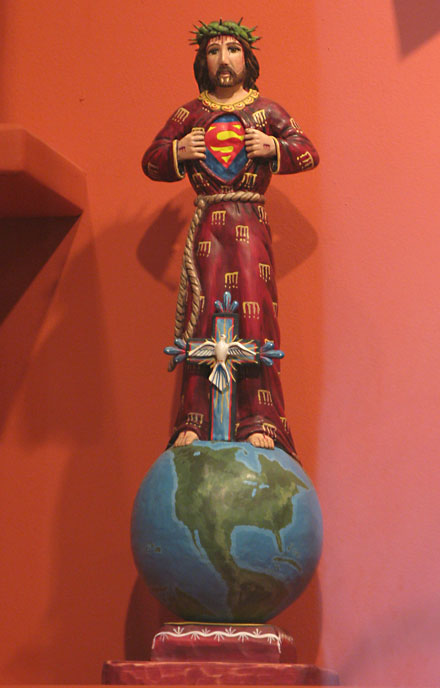
From Taos, you can see Pedernal, the flat-topped mountain Georgia O’Keeffe painted so many times that she claimed God had given it to her personally. The mountain is the distinguishing landmark near Ghost Ranch, O’Keeffe’s home and studio, and now a wonderful arts center. This year, I’m planning to come back to New Mexico in October to lead a workshop at Ghost Ranch. Two jaunts to New Mexico in one year! Here’s how it happened:
It all started with Anita Skeen — poet, English professor at Michigan State University, free spirit, creative dynamo, and unabashed peacenik. When she learned that MSU’s Kresge Art Museum was mounting an exhibition of 60’s abstract paintings, she contacted the curator and suggested adding music and poetry. Of course, it would be 60’s music and poetry. Better yet, it would be protest music and poetry.
The time was right: Another era of unrest. Another unpopular war. And, as she had learned from her own students, another generation that was clamoring to make a difference.
That’s how Julie Adams and I got the enviable job, last February, of doing the Kresge Museum’s first music performance. Anita put us in charge of choosing the songs; she selected poems and coached the students who would do readings to be interspersed throughout the concert.
We searched the Internet, asked friends for recommendations, and chose our own favorites — striving to balance the folky, the funky, and the downright outraged. We added a couple of songs that didn’t quite fit into the era because they fit the theme so well (like Paul Simon’s “American Tune”) and we included a few that weren’t, strictly speaking, protest songs (“Teach Your Children”) because we loved singing them.
The museum was a wonderful performing space; how many singers can say they’ve had a Morris Louis painting for a backdrop? We were equally thrilled by the audience, and the fact that they sang along, even the students. (“We were raised by hippies,” one of them remarked. “We grew up with these songs.”)
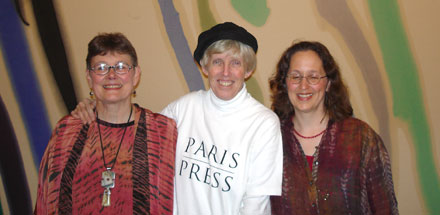
(Okay, it’s not the greatest picture of me or Julie, but I want you to meet Anita, between us.)
Driving home to West Virginia, we said to one another, “Could we do this in Charleston? With more musicians?” Collaborating on a fundraiser with WV Patriots for Peace was a natural. After all, it’s no coincidence that the word “harmony” describes peace as well as musical resonance.
Artist Charly Jupiter Hamilton donated his artwork for a poster. The members of WV Patriots for Peace went all out to publicize the concert. And, on May 19, 2006, many talented friends joined us for a special evening of songs and poetry for peace.
It was another incredible evening. A standing-room-only crowd packed Christ Church United Methodist. Everyone sang. Many people wore vintage tie-dyed shirts and bell-bottoms. Funds were raised for the important work of peace-making. We had a good time. We felt a revival of hope.
Now, back to Anita. In addition to teaching English at MSU, she coordinates writing programs for Ghost Ranch. And, this year, she has asked Julie and me to focus a weeklong singing/songwriting workshop on “words and music that change the world.”
Our workshop — which runs from October 8 to 14, 2007— is just one part of the tenth annual Fall Writing Festival at Ghost Ranch. It will be a celebratory time. In addition to our workshop, there will be many other classes. Participants can focus on poetry, fiction, essays, travel writing, playwriting, bookbinding, and more. Whatever you choose to study, we promise we’ll be singing together in the evenings.
Check out the Ghost Ranch website and my Protest Songs page on the Blogroll at the right side of this page for more information. Think about joining us this fall at Ghost Ranch, and please tell your friends.
‘Cause the times, they are a-changing.
Read Full Post »

